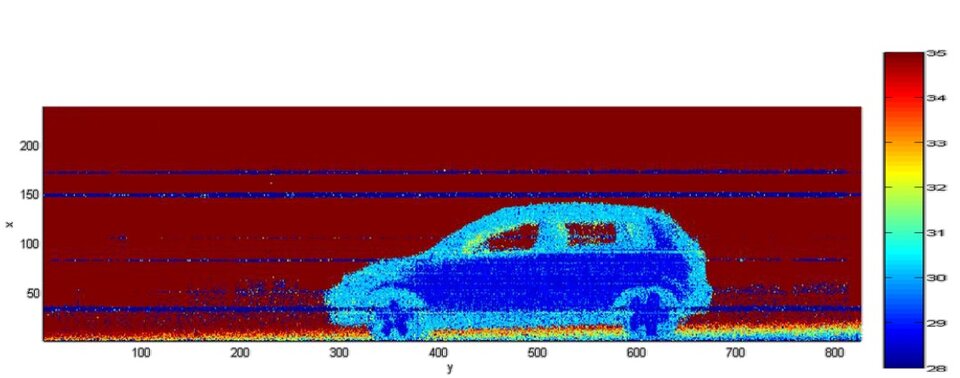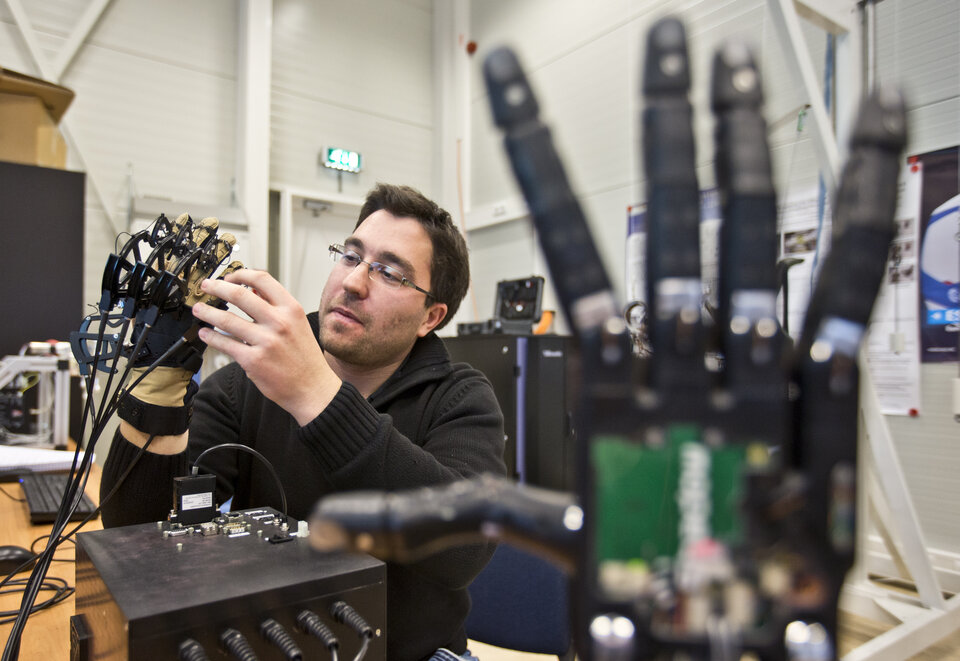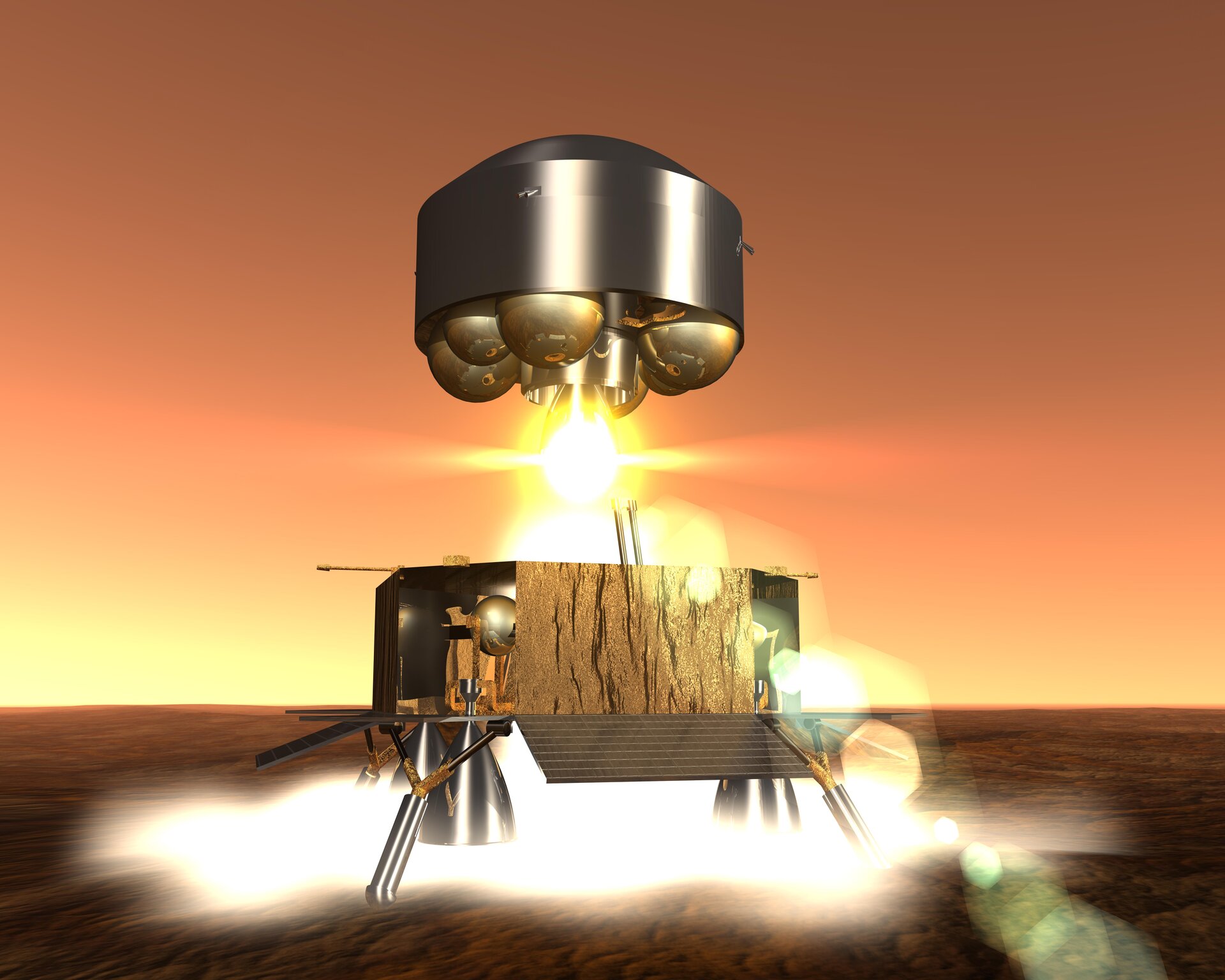Technologies for Exploration
Exploration beyond Earth orbit is high on the agenda of space agencies worldwide. There is general agreement that such exploration will be best pursued on a global, cooperative basis. Consensus has yet to be reached on the destinations, timeframe or mission details, but it is obvious that many new technologies will be demanded.
This cross-cutting initiative aims at first identifying and then building expertise and technology in these essential fields on an incremental basis.
By achieving the necessary maturity of these enabling technologies for exploration, Europe will be able to play a role matching its industrial, operational and scientific capabilities as a full partner in international space projects post-2020. Relevant technologies such as life support, resources management, high-density power sources and robotics also have significant potential for spinning-off into terrestrial sectors.
The Technologies for Exploration initiative seeks to coordinate ongoing and future procurement actions in this area. So far it has developed a portfolio of technology roadmaps for space exploration, plus the preparation of coordinated procurement plans, based on these roadmaps.

These have already contributed to the coordination and preparation of the TRP and GSTP work plans, exploiting synergies with other technology investments by ESA Directorates and external partners, including spin-in from other sectors. Examples include the breadboarding of a planetary altimeter, a human hand exoskeleton for telerobotics control, miniaturised lidar systems, chip-based radiation detectors, innovative radiation shielding for astronauts, visual navigation and hazard avoidance systems and a lunar drill.
These Technologies for Exploration roadmaps have gone on to become an international reference in their own right, utilised by European industry but also by the International Space Exploration Forum held in Washington DC in 2014 and as input to the 14-agency International Space Exploration Coordination Group. As a next step these roadmaps will be updated, taking into account funding and incorporating smart databases for enhanced usability.

The kind of exploration roles envisaged by ESA in future international space exploration, guiding the work of the initiative, include telerobotic control of robotic systems, transportation and navigation systems, in-situ consumables production for surface robots, planetary sample acquisition and handling and habitation systems.


